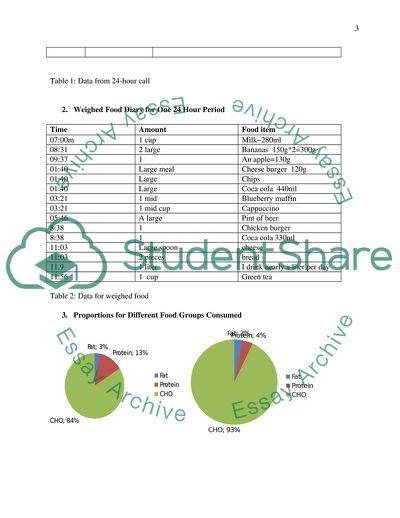Cite this document
(Evaluation of Dietary Assessment and Practical Anthropometry Methods Lab Report, n.d.)
Evaluation of Dietary Assessment and Practical Anthropometry Methods Lab Report. https://studentshare.org/health-sciences-medicine/1815177-evaluation-of-dietary-assessment-and-practical-anthropometry-methods
Evaluation of Dietary Assessment and Practical Anthropometry Methods Lab Report. https://studentshare.org/health-sciences-medicine/1815177-evaluation-of-dietary-assessment-and-practical-anthropometry-methods
(Evaluation of Dietary Assessment and Practical Anthropometry Methods Lab Report)
Evaluation of Dietary Assessment and Practical Anthropometry Methods Lab Report. https://studentshare.org/health-sciences-medicine/1815177-evaluation-of-dietary-assessment-and-practical-anthropometry-methods.
Evaluation of Dietary Assessment and Practical Anthropometry Methods Lab Report. https://studentshare.org/health-sciences-medicine/1815177-evaluation-of-dietary-assessment-and-practical-anthropometry-methods.
“Evaluation of Dietary Assessment and Practical Anthropometry Methods Lab Report”. https://studentshare.org/health-sciences-medicine/1815177-evaluation-of-dietary-assessment-and-practical-anthropometry-methods.


